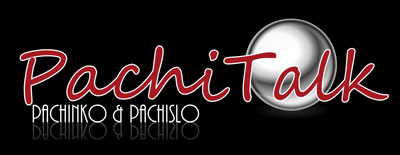In my undieing pursuit of better volume mods... I did a little research and came up with this simple tweak on adding linear potentiometers (pots) that sweetened the sensitivity on my external volume controls for King Camel. (I just wasn't getting good results with L-Pads and I wanted to have external volume controls on all my Pachis.)
http://sound.westhost.com/pots-f8.gif
Reference: http://sound.westhost.com/pots.htm
VOL is the potentiometer, and R is a simple resistor. I used a ratio of 5:1 for the resistance of VOL(linear pot) : R, so for the single woofer, I used a 500 Ohm Panel Mount Linear 1/2 watt potentiometer, with a 1/2 watt 100 Ohm resistor for R, and for the stereo piezo tweeters I used a 5k Ohm Dual Gang Panel Mount Linear 1/2 watt potentiometer, with a 1/2 watt 1k Ohm resistor for R.
It does mean tapping into the negative gnd for the speaker so it'a an extra wire and a little more soldering.
Works like a charm and so much more variability between loud and soft. So far sounds so good (you can tune them just until the speaker hum (squeal) disappears, and still have a decent volume). You still get hum at the peak volumes though - though nothing beats those overdriven bass cues that King Camel puts out when you spin!




 Reply With Quote
Reply With Quote

 .
.



